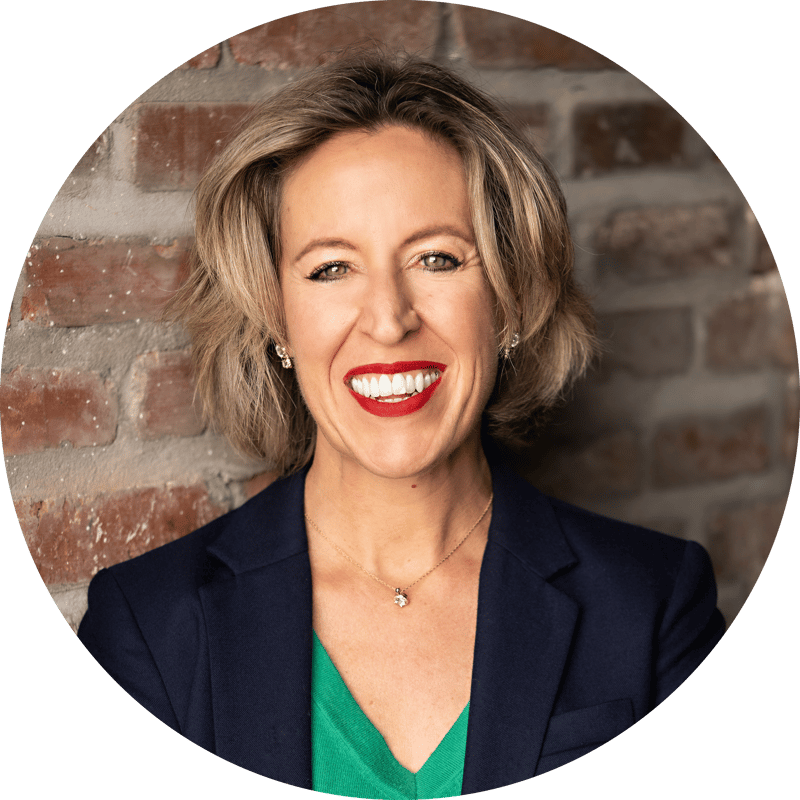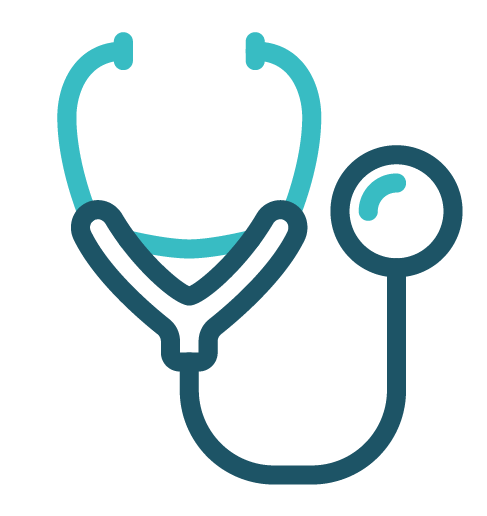If 2020 has proven anything, it’s that the post-acute healthcare industry can flex and quickly shift to fit new paradigms. Perhaps one of the more dramatic shifts, as explored by one of our expert panels at the Forcura CONNECT Summit, is “flipping the tech stack,” or using technology as the foundational layer to care delivery, not the bolted-on afterthought. While this strategy pre-dates the Covid crisis, the accelerated use of technology in the post-acute sector makes it clear that deploying tech to scale services and enhance care is not a one-off, but something that’s here to stay. Matthew Holt, publisher of The Health Care Blog, moderated “Beyond Telehealth Part 1: Leveraging Health Technology to Build a Continuous Clinic” with Medically Home’s CMO Dr. Pippa Shulman and HRS’s CEO and co-founder, Jarrett Bauer.
Flipping the Stack to Create a Continuous Clinic
Matthew began with a diagram of the origins of care delivery and how they’re changing. Traditionally, care delivery has been provided on a fee-for-service basis by a physician or healthcare facility, and in one place or system. Services, such as home care, were added on top of that foundation. Technology has been the icing on the cake, but developments have introduced a number of useful layers of support, from data storage and data exchange to user interfaces. Matthew sees the future of this “stack” turned upside down, with a technology platform as the foundation, services on top of it, and doctors offering care at the end of the system. The goal? “Delivering detailed care that’s appropriate for the patient anywhere.”
To attain that objective, the notion of a “continuous clinic” built around measuring, messaging, monitoring, and managing, would make a significant impact on acute, post-acute and chronic care. Matthew pointed out that much work still must be done to achieve such a model including:
- Integrating patient monitoring
- Provisioning telehealth and virtual care
- Automating care processes
- Augmenting care staff with technology
- Integrating data in an open technology stack
- Using AI to predict acuity
Matthew admitted that while the technology exists to make this happen, payment systems and regulations still need to catch up.
“Technology Isn’t an Either/Or Proposition”
Speaking of innovative technology, Pippa described how her company works with health systems and hospitals to provide virtual hospitalization entirely at home using Medically Home’s network and technology stack. With an in-home monitoring and communications device, patients, their families and doctors are connected with a command center 24x7. Patients are “admitted” for a three-to-seven-day acute phase, then transitioned to a restorative phase; hospitals are able to keep their relationships with patients, and keep healthcare in their community…even outside their bricks-and-mortar buildings.
Pippa said, “Hospitals are very good for certain medical needs. But the goal always should be to identify where patients can receive the best care in the safest place for them – and often that’s at home. By monitoring patients over a longer period of time, we’re getting back to some real, old-fashioned high-quality medicine.” The at-home model also offers flexible surge capacity to hospitals, particularly important during the pandemic.
“Necessity is the Mother of Innovation”
After his grandmother was readmitted to the hospital with recurring heart failure symptoms, Jarrett was determined to find out how to avoid such return visits. This led him to co-found HRS (Health Recovery Solutions) to make outpatient care simple and accessible. HRS’ full remote monitoring solution allows both providers and their patients to manage home-based patient care in real-time regardless of patient acuity. It offers everything from Bluetooth biometric monitoring and medication reminders to customized risk alerts and wound imaging.
Jarrett is optimistic that demand for expanding services like those from his company and Medically Home will only continue to rise. “Our goal is monitoring two hundred thousand patients this year alone. With the big shift to the importance of data, we all have to make an impact. If we can engage patients and make them more proactive about their healthcare, we can improve that care – and the quality of their lives.”
The Future Looks Bright… As Long as Change Continues
In the longer term, Matthew foresees an integration of chronic, acute, and mildly acute care with one platform for the whole continuum. As he noted, “Different people will need different things, but we’ll manage them all in the same system.”
Pippa believes that technology will continue to transform the post-acute care sector, particularly skilled nursing facilities (SNFs), saying “We shouldn’t have to dig patients deep holes that we put them in! The ‘hospital at home’ movement is showing that people are much less likely to lose basic functionality at home than they often do during a SNF stay. We need to work on independence in a different way, and the home care industry must be tooled up to provide more urgent and acute services in the home.”
Jarrett pointed out that consumer demand and technology advancements are only part of the changing landscape. “To have an exponential impact on care, we need a sea change from policy makers and payers. It’s time to take a hard look at what should happen and then do it at scale. What’s best for the patient will get done!”
People-First Care (For Real)
Personally, what has me most excited about this notion of a tech-enabled continuous clinic isn’t the technology aspect (as awesome as that is). It’s the agency it gives people to direct how and when their care is given. With the proper tools, culturally-appropriate education (thank you Yolanda Robles!), and access to their own data, many people can become the stewards of their own health. So really, this innovative care model is about putting people at the foundational layer.
Our next post on the “Beyond Telehealth Part 2” session with Livongo President Dr. Jennifer Schneider and WTF Health’s Jessica DaMassa dives deeper into this theme. Dr. Schneider is an authority on consumer-directed virtual care and Livongo is leading the charge on transforming the care continuum. In the meantime, you can watch any of our CONNECT Summit sessions to learn more about the technology, clinical, and business aspects of improving patient care.

|
As Forcura's Director of Communications and Brand Strategy, Kate brings a robust background and knowledge of the healthcare and post-acute industry to Forcura. She also represents Forcura as a social media ambassador at events around the country, is an on-camera reporter and interviewer, and host of our Innovate Jax podcast. |







